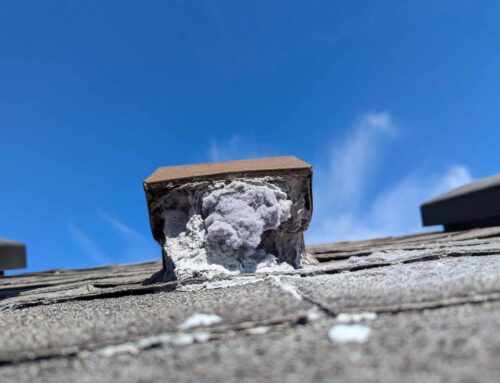If you’re a pet owner, you’re no stranger to visitors claiming to be allergic to your pet’s hair. Unfortunately for them, they’re not really allergic to pet hair — no one is. Pet hair just serves as a vehicle for other allergens, attracting dust, urine, saliva and pet dander, which makes people think they’re reacting to the hair when they’re really reacting to another allergen. Dander is the dead skin cells of animals, shed through normal activities. Controlling pet dander in the home can help make your house more visitor-friendly and comfortable overall.
THE DIRT ON PET DANDER

While you may diligently clean up after your pet, dander is microscopic and can linger in the hair for a very long time with just a minor disturbance or breeze. In addition, the allergens in dander do not lose their strength for a very long time, meaning that visitors may still experience an allergic reaction long after your pet leaves your home or after cleaning. Dander can cling to furniture, clothes, walls and other household surfaces. It can even make its way into your home’s air ducts, where it can be blown throughout the home anytime your furnace or air conditioner kicks on.
AN EXPLANATION OF ALLERGIES
According to the Asthma and Allergy Foundation of America, an allergic reaction happens when your body’s natural defense system — the immune system — tries to fight off a substance it thinks is harmful by releasing antibodies. Antibodies are responsible for allergy symptoms like swollen, itchy, watery eyes; sneezing and runny noses; and skin rashes. People who experience allergic reactions tend to have a sensitive immune system that mistakes harmless things, like pet dander, for evil invaders.
While most people experience allergies only for a brief time after coming in contact with the allergen, some people who are exposed continuously over long periods of time may develop chronic issues related to their allergy, like asthma. Asthma is a condition in which the airways in the body become swollen and inflamed, making it difficult to breathe. Uncontrolled asthma can be dangerous. If someone in your home has asthma that is irritated by exposure to pet dander, or if you have regular visitors who have health concerns related to exposure to pet dander, you can take steps to limit their exposure and the complications of coming into contact with pet dander.
REDUCE PET DANDER
Some people will swear by so-called hypoallergenic pets that have different types of fur, shed less or some other allergy-friendly trait. However, any animal with skin and fur will shed dander in your home. Some more realistic ways to reduce pet dander in your home include:
- Clean carpets, furniture and curtains regularly. A solid steam cleaning will remove dander from surfaces as well as from deep down. Use a sticky lint roller for a quick fix to remove dander from surfaces.
- Declutter the space. Pet dander sticks to any surface, including walls. Having fewer nick-nacks in the space for dander to cling to makes it easier to clean effectively but also gives dander fewer places to hide.
- Give Fido a bath. Regularly bathing your pet sends excess dander down the drain, not into your home’s air.
- Get serious about filtration. Use a HEPA filter on your home’s air handling unit. HEPA filters are designed to be better at catching tiny particles of pet dander. You might also try using an air filter or purifier with a HEPA filter a few hours each day to circulate the air and remove excess pet dander. However, this doesn’t clean pet dander that is stuck to surfaces.
- Clean your home’s air ducts. A thorough, professional air duct cleaning not only removes built-up pet dander, but also cleans it off the surfaces inside the air ducts, ensuring a next-level clean that is impossible to achieve with just filtration or air purification.
Eliminating pet dander from your home entirely can be an impossible task. However, the above recommendations can help control the build-up of pet dander and any symptoms of allergy sufferers. Learn more about beating allergies this spring.
*Shared with permission from NADCA.com.




Leave A Comment
You must be logged in to post a comment.